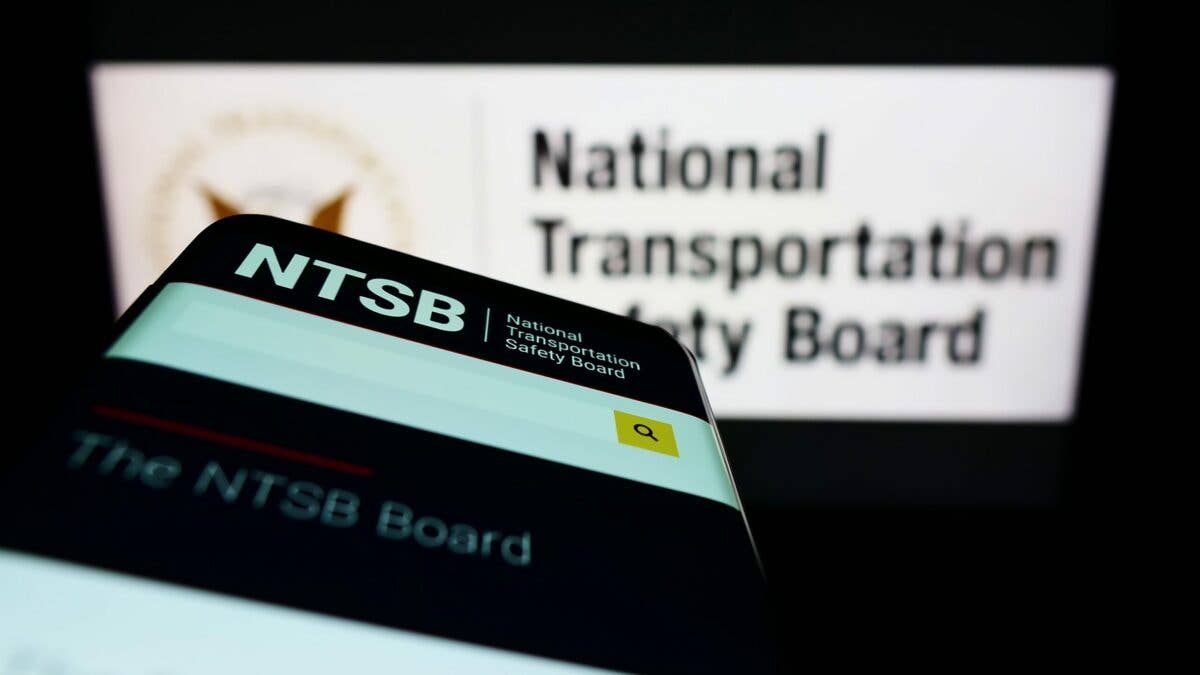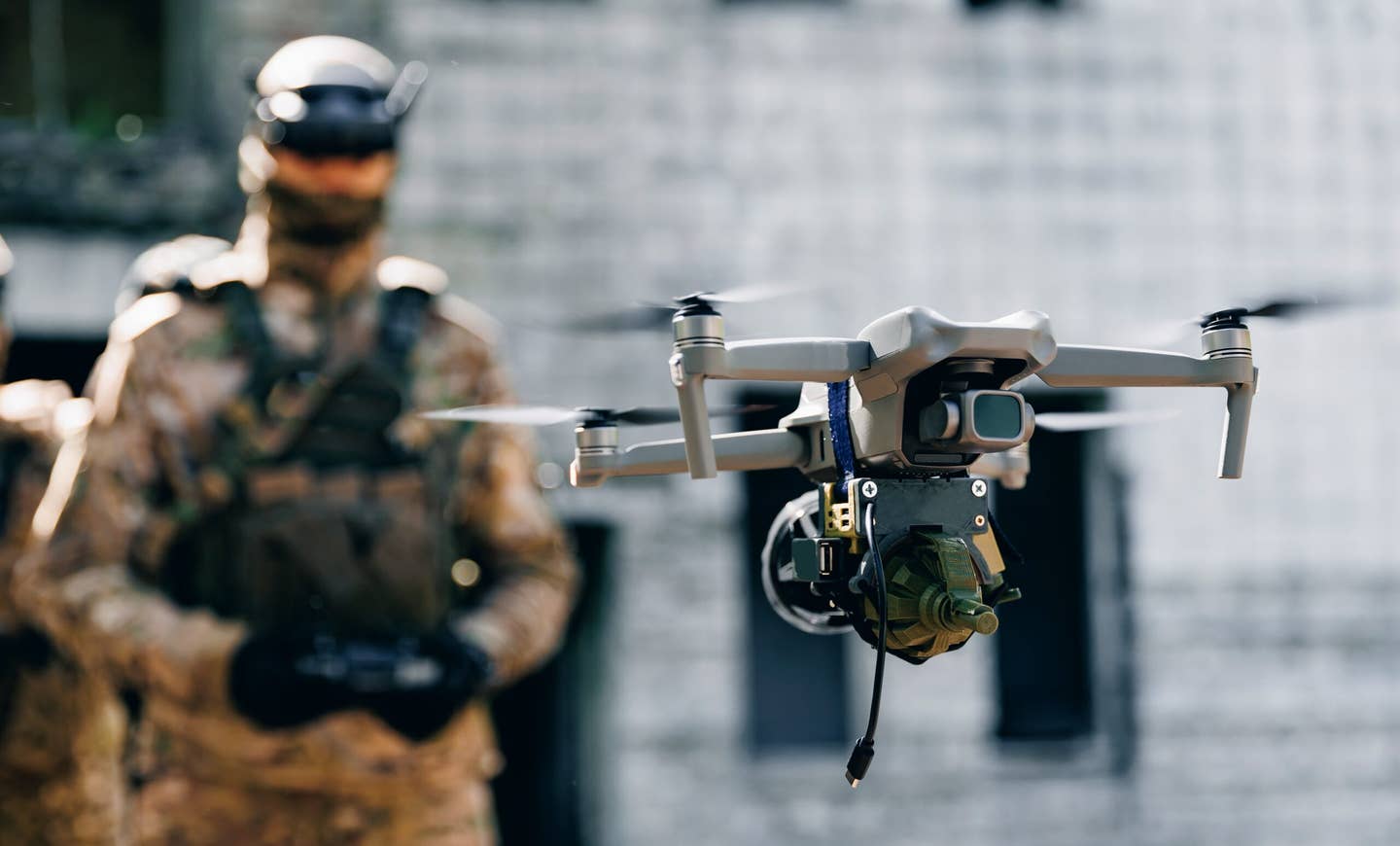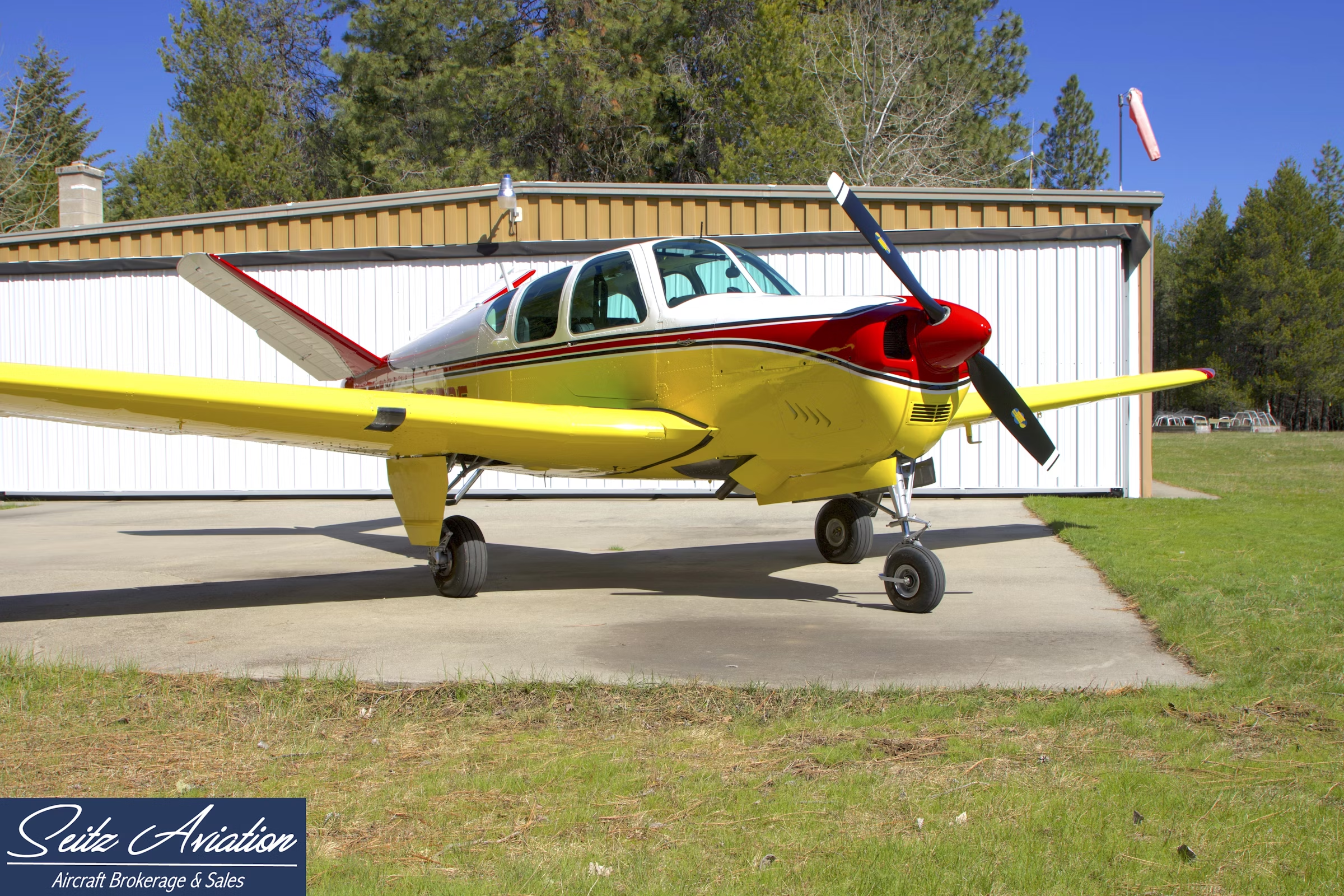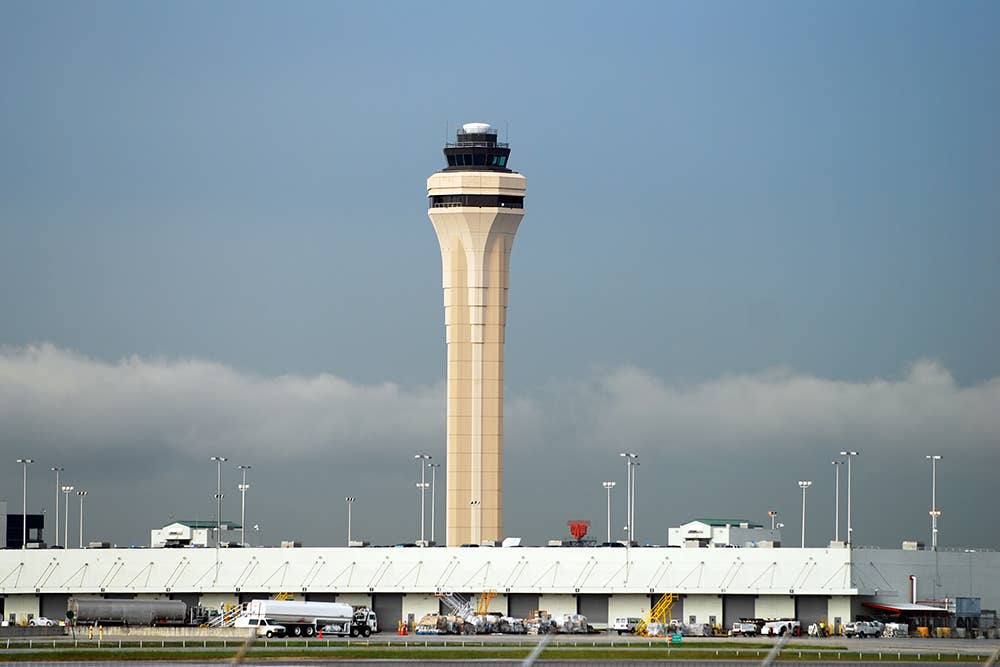Why Are There So Many Landing Accidents on NTSB Reports?
Every flight ends with a landing, and it is a skill-tensive, task-saturated aspect of it.

Why is it that most accidents that NTSB investigates happen during the landing phase of flight and not on takeoff? [Shutterstock]
Question: In private pilot ground school we are studying accident reports compiled by the National Transportation Safety Board (NTSB). Why is it that most accidents happen during the landing phase of flight and not on takeoff?
Answer: The short answer is landings are mandatory—we have never had an airplane stay stuck up there yet—and takeoffs are optional. As every flight terminates in a landing, either a good one or a bad one, the law of averages dictates there will be some bad ones. Hard landings lead to bounces, prop strikes, gear collapse, and out-and-out crashes often caused by a stall during the approach when the pilot tries to "stretch the glide" to the runway.
Landing an aircraft is a task-saturated event, so you need to be lined up with the centerline of the runway, compensating for wind, have the aircraft properly configured (landing gear down) on speed and on glide path to land on the first third of the runway or the designated spot as instructed by ATC. It takes skill and a lot of practice to have this mastery of the aircraft. This is why your instructor will work you hard in the pattern, requiring checklist use, adherence to procedures, staying ahead of the airplane, and performing a stabilized approach every time. You also need to be ready to do a go-around every time.
A poor approach—one that is too fast, too high, not lined up, etc.—leads to a poor landing. If you read the NTSB reports, you will note that some of the landing accidents happened when the pilot made multiple attempts to get it down. Anecdotal evidence suggests that the third time is not the charm as the hard landing or crashes often occur on the third try. Don't be afraid to depart the pattern and head to an alternate airport if the weather or traffic don't allow you to make a safe landing.

Sign-up for newsletters & special offers!
Get the latest FLYING stories & special offers delivered directly to your inbox






